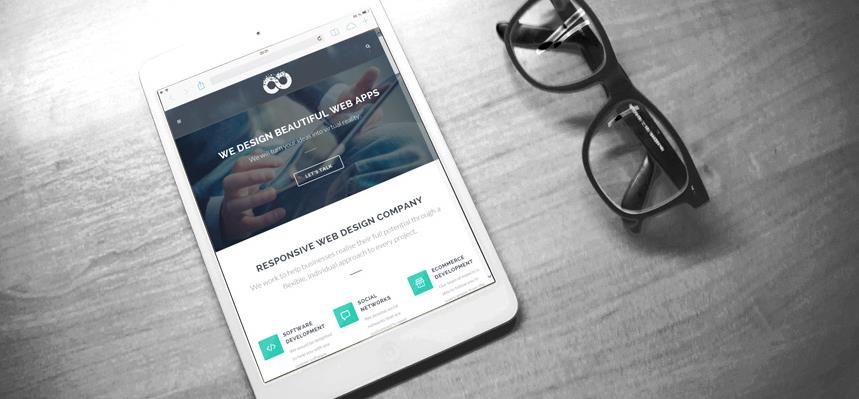Symmetry & its role in enhancing usability in web designs
Who doesn't want his/her web design to stand out from the crowd? I'm sure everyone of you does. As a web designer, experimenting with innovative design techniques is something that can allow you to create a fabulous design for a brand new web portal.
Maintaining that perfect balance between multiple design elements is one of the best methods which if followed during web designing can enable you to come up with a visually captivating design. This post of mine speaks about the significance of using symmetry and the right approach to follow for the same.
Understanding Symmetry in Web Design
Symmetry has always remained a prime factor in beauty and aesthetics. It is basically the sense of pleasing balance and proportion. Since gravity is a vital factor in natural symmetry, most of the things available in the nature tend to evolve towards symmetry.
Here are the common types available for Symmetry:
- Reflection symmetry- Also called bilateral symmetry, this is a symmetry type wherein the design has two matching sides. That means, on folding the object in half from its median axis, both the sides would have identical halves. For instance, leaves, butterflies etc. exhibit the reflection symmetry.
- Rotational symmetry- Also known as radial symmetry, this is when the web design includes a certain movement to it. That means, the particular object rotates around one center and displays the entire progress of the activity. Here, the object is turned in equidistant increments, thereby retaining its look as in the original position. A few common examples of using rotational symmetry in web design include: design patterns, signs, letters etc. If you rotate a particular shape in a circular movement i.e. 360 degree, you can easily create rotational symmetries of order 1, order 2, order 3 and order 4. If you're inclined on portraying dynamic action within your web designs, I recommend using Rotational symmetry.
- Translational Symmetry- This is a form of symmetry wherein the object is moved either forward or backward in different areas of space while maintaining its accurate orientation. For instance, although similarly sized squared can be moved at equal intervals, it may not be necessary to relocate different objects at equal intervals, they can only be placed proportionally. So, we can move the squares several times from the background to the foreground, with the size of squares increasing as the user comes closer to them. All this creates a sense of motion and movement for the objects.
- Color Symmetry- While commonly symmetry refers to description of a shape, it may also refer to color. For example, the color wheel has a specific symmetry associated with it. That means, the colors balance across the wheel to their opposites. You must use the theory of color while creating a color palette for ensuring complete symmetry and harmony in color. Every basic color wheel comprises of 12 colors which can be easily combined in multiple ways for creating a range of effects. Colors can either complement each other or tend to create chaos. Hence, it is quite essential to pay special attention to create a mixture of harmonious colors and symmetrical shapes.
How does symmetry help in improving usability within web designs?
If you're interested in maintaining visual balance within your design, then inculcating symmetry is the best approach to follow. By choosing any of the above explained forms of symmetry in web designs, you can easily introduce stability between the different elements and components of the web design. With symmetry, you can come up with a design that is clean and can be easily understood by the visitors. While navigating from one section to another, it is symmetry that provides utmost comfort to the reader's eyes. All in all, symmetry allows you to convey your message in a clear and concise manner. Being able to interpret each and every section included within the website, visitors find it convenient to explore the site to the fullest. They find it easy to use the different features and utilities available on different web pages, thereby choosing to spend a majority of time on the site.
Wrapping Up
Creating an excellent web design isn't an overnight task. You need to pay attention to a number of factors, out of which symmetry is a vital one. Here's hoping after going through this post, you'd have learned a lot about symmetry and its significance in adding consistency across the web design.
Related Posts
A web app development has been ruling the world for a very long time. Customers are eager to invest in web app development as Paws has made things easier for the users.
As the world of eCommerce continues to evolve, businesses are constantly seeking ways to stand out in the digital landscape. According to a report by Statista, it is predicted that global online sales will reach an impressive mark of $6.5 billion by 2023.
For startups in 2024, there are few aspects as important as web development.
Free webinars can be one of the most effective ways to market your brand or product.
As the internet continues to expand and businesses attempt to reach their customers online, having a great website is essential.


















Comments
comments powered by Disqus